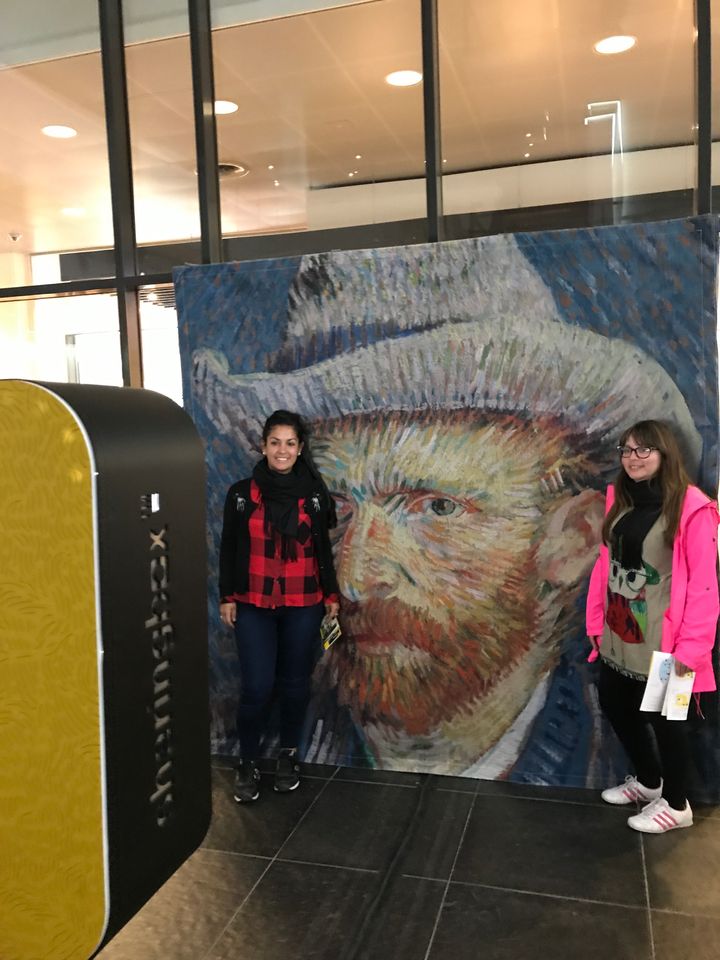Museums continue to break new ground establishing relationships with their visitors that strengthen their importance to the community.

For too long, it seemed, people stopped going to museums or at least museums didn’t seem to know who visited, from where they came or why they visited. That’s all changing.
If you noticed, most all museums now ask for your zip code so they know where you came from, and with some precision—particularly with the help of the help of audio guides (often offered free), they know what attracted you, and how long you spent at any one exhibit -- as online marketers have been doing with cookies.
The Dallas Museum of Art, two years ago launched a "free general admission and a no-cost friends membership" program, to encourage broader involvement and interest among people who might not otherwise go to museums at all. The plan is simple: give everybody a device that tells him or her what he or she is seeing and collect the data. When compared to their zip codes, the museum can tailor their experience, curate to reach a wider audience and better serve the larger region.
But that is only the beginning of what museums are doing using technology to serve the larger community and relate to their community in ways unheard of in another age. Clearly museums are being redefined for a digital age. The transformation, museum officials say, promises to touch every aspect of what museums do, from how art and objects are presented and experienced to what is defined as art.
The pragmatic need to appeal to modern audiences, who expect to be surrounded by technology, is one engine of change. But museum officials insist there is a powerful aesthetic and cultural rationale as well.
Recently, I visited the Van Gogh Museum in Amsterdam where you can buy almost anything Van Gogh-- candy, scarves, potato chips (must be a connection somewhere), the booth that the museum set up in the vestibule encouraging visitors to pose in front of a Van Gogh painting and send you an email picture, creates a deeper connection between the museum and the visitor.

As the British philosopher Alan Watts once put it, museums are “places where art goes to die.” But for most people, museums are cherished institutions... places that “house artifacts and other objects of scientific, artistic, cultural or historical importance and makes them available for public viewing through exhibits that may be permanent or temporary.”
We need to support this kind of development, as they are crucial to building the kinds of communities America, indeed which every community, every nation badly needs. The Institute for Museums and library Science, a national Washington DC based agency, supporting museums and libraries across the country, said it best:
“The relationship between libraries, museums, and their communities is at a critical intersection. There has never been a greater need for libraries and museums to work with other organizations in effectively serving our communities; there has never been a more rapid period of change affecting museums, libraries, and their communities; and there has never been a more challenging period of economic dislocation facing the people in our communities.”